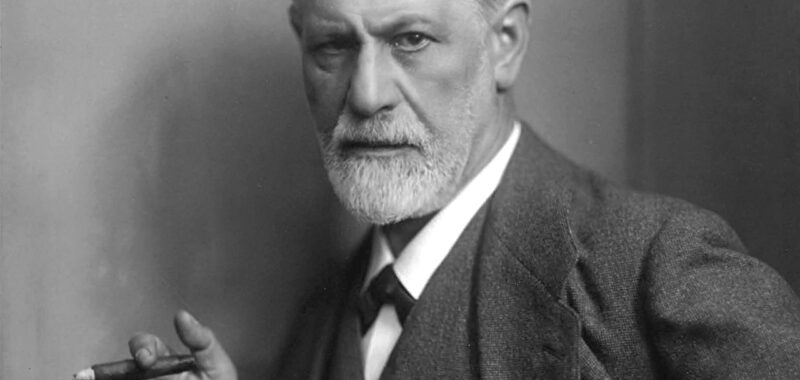
LONDON — Throughout the city, 2024 was a year of art and other institutions centering women in their programming. With Women & Freud: Patients, Pioneers, Artists, the Freud Museum, located in the house once occupied by the founder of psychoanalysis, is determined not to miss out. The casual viewer may be forgiven for wondering if curators Bryony Davies and Lisa Appignanesi have used the opportunity to shoehorn in as many interpretations of Freud and the concept of “women” as possible, at the expense of clarity and integrity: the online introduction describes the show’s aim as “bring[ing] to life the many women who featured in Freud’s history, as well as those affected by his considerable body of thinking, rethinking and practice.” These specifications are fantastically indiscriminate.
Such wide parameters allow for various curatorial approaches or, to put it crudely, throwing feminist ideas at the wall to see what sticks. First, the show looks at historical subjects, such as Freud’s immediate family and analysands, including his sixth child, Anna, and her life partner, Dorothy Burlingham, detailing how they fed into his work, and their wider contributions to analytical practice at the time. Elsewhere, there is a section on women who made significant contributions to, or were affected by, psychoanalysis as a discipline, as opposed to those specifically connected to Freud and his legacy. In the former, for example, psychoanalyst Susie Orbach is shown as the co-founder of the Women’s Therapy Centre “at the height of the Second Wave of feminism in 1976,” with an accompanying contemporaneous leaflet nearby.


For the latter, there is a quote from feminist philosopher Simone de Beauvoir’s The Second Sex (1949) containing a reference to psychoanalysis in general. On the stairs, a caption encourages visitors to sit and read some books selected for the exhibition, including Judith Butler’s Who’s Afraid Of Gender (2024) and the journals of Sylvia Plath from 1950 to ’62, the latter presumably because various psychoanalytical theories have been applied to her work? To add yet another strand, a section of the house is dedicated to the Hogarth press, founded by Virginia and Leonard Woolf, and this year is the centenary anniversary of the publisher’s production of Freud’s work.
Perhaps most problematic are the magnificent loans dotting the house’s interior by celebrated female artists. Boasting Paula Rego, Cornelia Parker, Tracey Emin, and Sarah Lucas on the press release is certainly a coup — whatever will get paying visitors through the door up in North London. Yet their relevance to Freud and psychoanalysis is insufficiently demonstrated. Yes, Sarah Lucas’s “SEX BOMB” (2022) is a creepy collection of collapsed phallic forms in high heels draped over a chair, but not even the catalog essays offer insight into how Freudian analysis relates to or has influenced Lucas’s work, or if her work is feminist. Is it? Who knows?

A catalog essay by Lisa Appignanesi reveals that the show was based on a book she wrote in 1992 of the same title, which examines how Freud’s personal relationships influenced psychoanalysis and the development of feminism. Appignanesi views Freud as “an early equal opportunities employer” in that his patients’ participation in their own analysis — especially in the section here on “Hysteria” — entered them into the canon of psychoanalysis.
The exhibition mirrors the main drive of her book, which argues for Freud’s relationship with women as collaborative, making “psychoanalysis as much their creation as the young Viennese doctor’s,” according to the Freud Museum website. This is crucial context missing from the exhibition’s presentation: the clarification that the assertions presented here as accepted history are actually a unique feminist interpretation. Obviously nothing is wrong with feminist interpretation; what is historiographically problematic is the lack of disclosure to the viewer — and, shown in the historic and official settings of Freud’s estate, the museum inadvertently presents this interpretation as canonical.


Women & Freud: Patients, Pioneers, Artists continues at the Freud Museum (20 Maresfield Gardens, London, England) through May 5. The exhibition was curated by Bryony Davies and Lisa Appignanesi.

